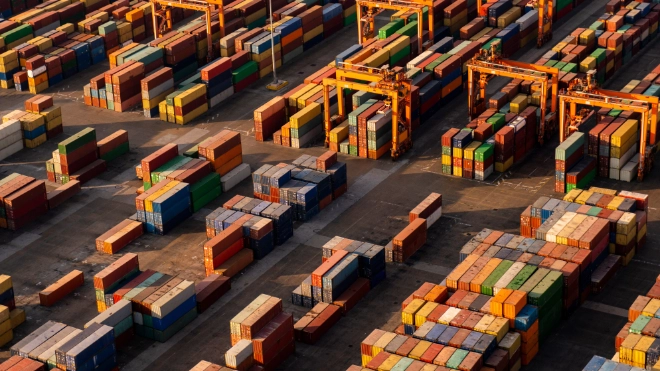Login

Featured
We recommend this information for you

News
Latest news and insights

Reports
Know more
Report
Regional Economic Outlook Latin America - September 2024
Latin America's economic growth is structurally low. Fostering investment could help reverse this.


Report
Caucasus and Central Asia: lost in transition February 2025
Countries in the Caucasus and Central Asia need deeper reforms and investment to make the transition to high-income status

Report
Transportation and Logistics Industry Trends February 2025
Solid sector growth expected, but US tariffs cast a shadow
Filter by
Format
Region
Length
Category
Date
Filters
Filter your results
Format
Region
Length
Category
Dates
News
The International Debt Collection Handbook 16th edition is released


News
What the Fed's "Jumbo" rate cut means for the global economy
The Federal Reserve's interest rate cut could have a significant impact on global economic growth, influencing businesses and markets worldwide.

News
The promise and potential pitfalls of AI in international trade
AI is being heralded as a game-changer for international trade, but it poses challenges as well as opportunities

News
Atradius and Mondu team up
Atradius and Mondu team up to enable better payment solutions for B2B e-commerce

News
How will US import tariffs affect the auto industry?
The US might impose 25% import tariffs on cars on national security grounds. What is the forecast impact and how is the auto industry responding?

News
Summer of extremes in France
A polarising election followed by an Olympic party, but what does it all mean for the struggling French economy?

News
UK Labour Party victory: Edging closer to the EU?
Labour Party resounding victory in the UK general election promises a reset of the country’s relationship with the EU, but putting words into action won’t be easy
Load more
Viewing 7 out of 25
Filter by
Format
Region
Length
Category
Date
Filters
Filter your results
Format
Region
Length
Category
Dates
Report
Insolvencies normalise, but trade war brings new risks
Globally, we anticipate a stable insolvency development in 2025, followed by a slight decline in 2026.


Report
B2B payment practices trends, Australia 2025
Our survey of companies across Australia reveals that liquidity is under pressure as customer payment risks increase amid market uncertainty

Report
Interim Economic Outlook - March 2025
The trade war is escalating quickly and uncertainty is high, motivating an update to our global economic outlook.

Report
Consumer Durables Retail Industry Trends, March 2025
Growth continues, but tariffs and protectionism could weigh on household spending

Report
Chemicals Industry Trends, February 2025
Solid growth rates in 2025 and 2026, but looming trade disputes cast a shadow over the future

Report
Transportation and Logistics Industry Trends February 2025
Solid sector growth expected, but US tariffs cast a shadow

Report
Caucasus and Central Asia: lost in transition February 2025
Countries in the Caucasus and Central Asia need deeper reforms and investment to make the transition to high-income status
Load more
Viewing 7 out of 143



























